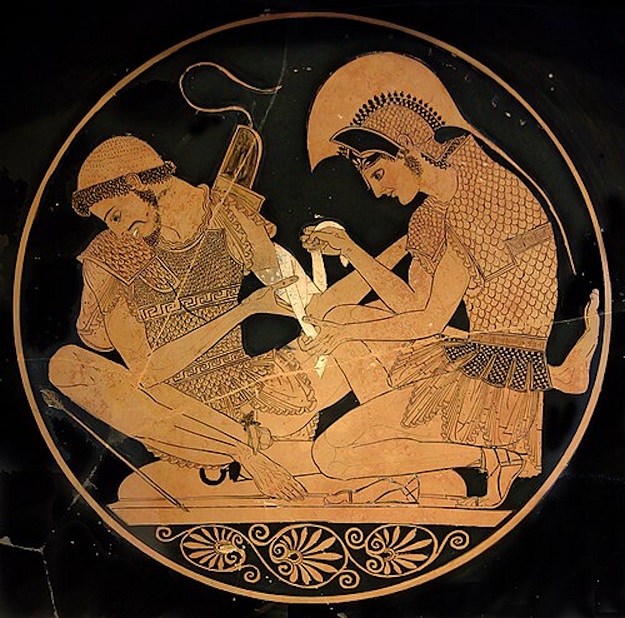100 BC-100 AD

In Latin literature, the story of Troy was mainly known through the poets Virgil and Ovid, whose mythical gods rarely seem to have bothered the Christian world. On the one hand, the importance and popularity of Virgil’s Aeneid are often seen as the result of the reorganization of classical material and its new patriotism. Aeneas manages to escape the cunning Greeks and become part of the surviving wreckage out of which a stronger nation was to be built in the West. On the other hand, in contrast to Virgil, Ovid had a doubtful reception of his Heroides (Heroic Women) in the medieval period, since he transformed the Trojan heroines according to his own sentimental and erotic interests. In general, since Virgil did not provide a full account of the war and since his authority was questioned by the Christian Church (obviously no fans of pagan gods), readers turned to Dares the Phrygian's and Dictys the Cretan’s accounts of the Trojan War, which were firmly believed to be true since these were "eye-witness reports". These texts quickly became the main sources for medieval historians, with a broad preference for the pro-Trojan Dares. These eye-witness accounts, which differ from the Virgilian tradition (they especially lack the theme of self-sacrifice and heroism cherished in the latter) represented an important alternative to the Virgilian version.

